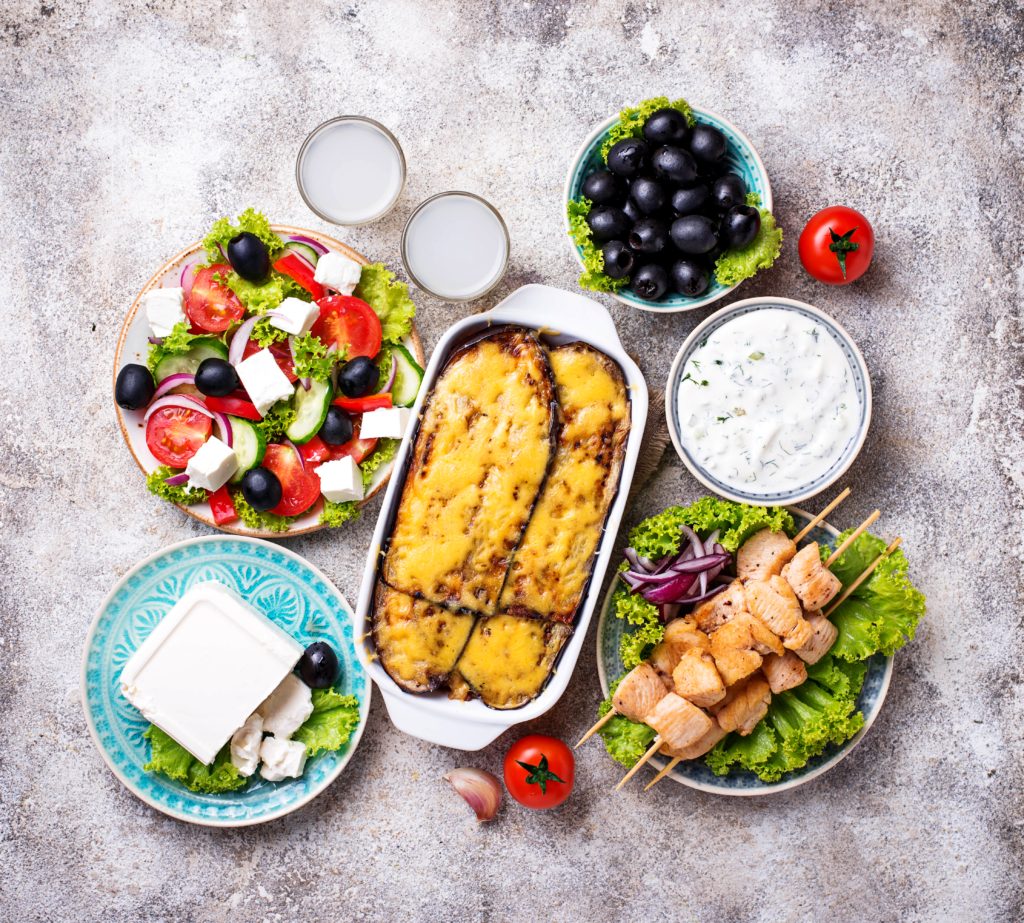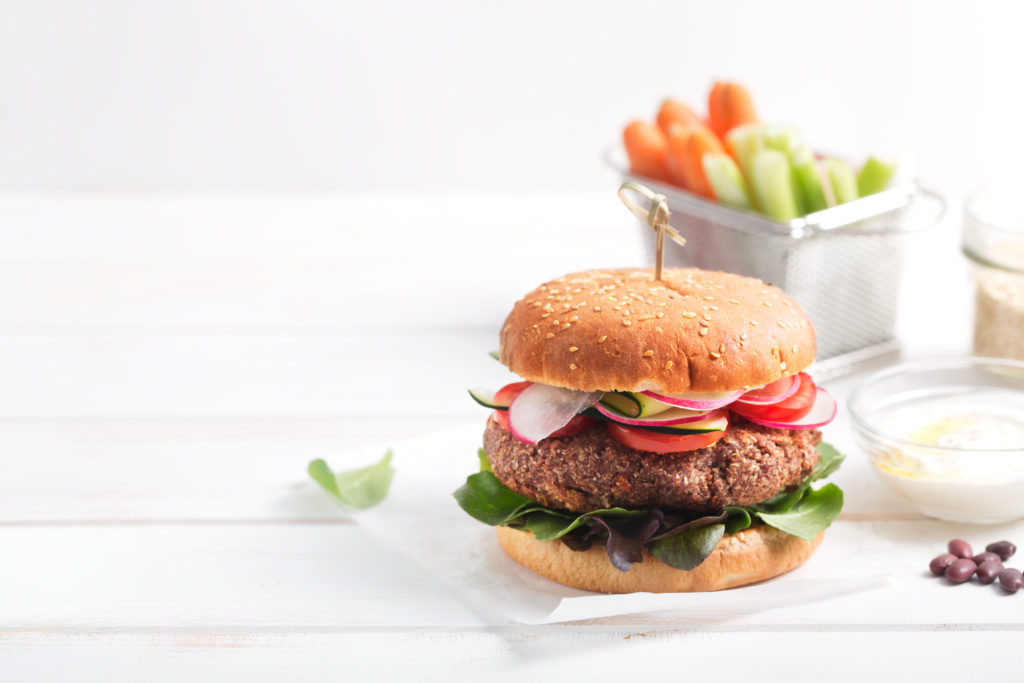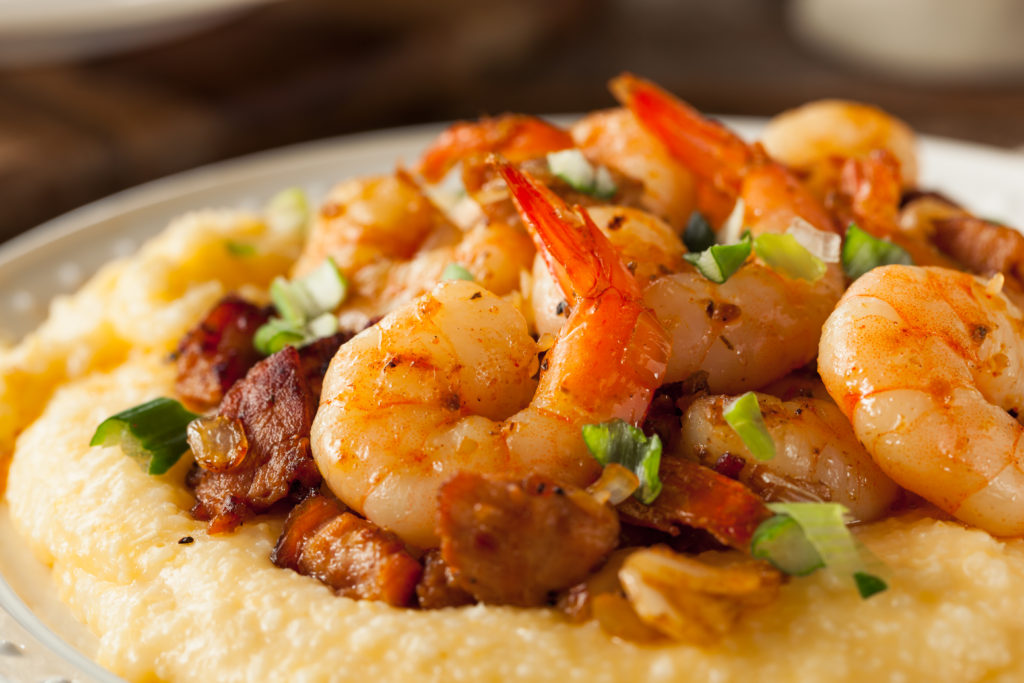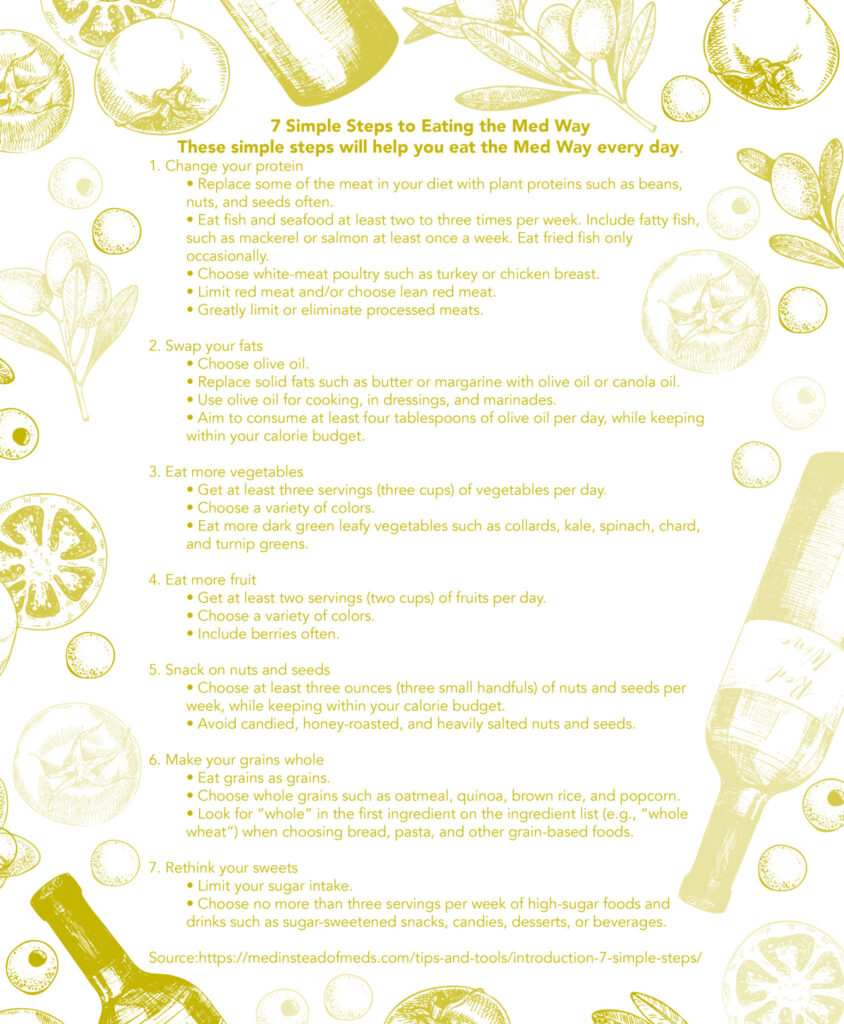If you’re still wondering what a Mediterranean Diet is and try a Google search, you’ll be inundated with such a variety of recipes that you might wind up still wondering what the term really means. To get to the bottom of why there’s so much hype, it’s necessary to take a wild trip that begins in Minnesota, journeys to some dilapidated towns in southern Italy, recalls the Muslim conquest of Northern Africa, joins the conquistadors, and finally winds up in the Moore County offices of the NC Cooperative Extension Service. And, somewhere in between, the story travels through the intestines of a group of stressed-out rats.
We start in the 1950s when a researcher named Ancel Keys of the University of Minnesota Laboratory of Physiological Hygiene came across some unexpected findings. He realized that people living in poverty in small villages in southern Italy had statistically healthier hearts than wealthier Americans living in New York City. And, more intriguing, some of those Americans were relatives of those same Italians and had themselves immigrated to the US just decades prior. So what was up?
With the understanding science has popularized today, we could guess the difference might be in the different diets of the two groups, but 65 years ago, it was only a hunch to Ancel Keys. Based on this hunch, Keys undertook a now-famous study of seven countries across the world to see if there were correlations to be found in heart disease, nutrition, and lifestyle. He found there was. (Could it have been due to following his own research that Keys lived to almost 101?)
The diet of those heart-healthy Italian villagers had a long and varied history. The very earliest clues we have to how their ancestors ate suggests a simple triad of bread, oil, and wine. It’s easy to see how Christianity later dovetailed into bread and wine, but it might be surprising to learn of the influence of Islam centuries later. The wealth of the new Muslim Empire not only brought cultural unity to the lands around the southern Mediterranean but introduced new spices and fruits to the menu. Then, when Europeans looking for new trade routes stumbled into two continents blocking their way, they brought back strange new edibles, including the now-iconic tomato.
All those influences came together with fresh fish that had been a staple in the region since time immemorial. That’s why it’s impossible to pin down what a Mediterranean diet is. There are just too many aspects of what people in that part of the world eat but, as far as nutritional science is concerned, these are some important common basics:
- High quantities of vegetables
- Fresh fruit
- Beans, nuts, and seeds
- Whole grains
- Olive oil
- Cheese and yogurt
- Moderate amounts of fish and poultry
- Water as the main beverage plus a glass of wine a day


Over the six decades since Ancel Keys’ Seven Country Study, research has continued to establish the health benefits of what we now call the Mediterranean diet. It is one of the most touted diets for health and for good reason. It is the one with the most scientific research behind it. But one question has been difficult for science to answer—how does it work?
For a clue to a possible answer, we go to Poland and a researcher named Tomasz Huć, of the Medical University of Warsaw. He and his team determined that a compound called trimethylamine N-oxide (TMAO) reduced cardiac fibrosis (thickening of the heart) and signs of heart failure in lab rats. Their study involved injecting TMAO into a group of rats that had high blood pressure. The condition of the rats’ hearts continued to improve, even after taking TMAO supplementation for 56 weeks. “Our study provides new evidence for a potential beneficial effect of a moderate increase in plasma TMAO on pressure-overloaded heart,” Huć’s team reported.
Blood levels of TMAO increase after consuming foods that are high in the compound, such as fish, seafood, and vegetables—fundamental parts of the Mediterranean diet.
But to bring all this home, we have to briefly rewind the clock to the 19th century. Just before and just after the Civil War, the American government tried to establish what was called Land Grant Colleges across the nation. The federal government gave states money to establish schools to help educate the growing population to keep pace with the growing technology. Cooperative Extension Agencies were developed, as the name implies, to extend the educational reach of the new institutions.
One of those institutions is now North Carolina State University and, although its Extension Offices across the state are usually associated with agriculture, its mission is much wider.
For the past two years, Deborah McGiffin has served as the County Extension Director of the NC Cooperative Extension of NC State in Moore County. “Our mandate is to serve the public by providing research-based information,” she explains. “And one of our important program areas is Family Consumer Science, which includes nutrition, health, and wellness issues.” That’s why McGiffin and Janice Roberts, the Family Consumer Science Agent for Moore and Richmond Counties, have become public advocates for what the Extension Service calls “The Med Way.”
NC State has developed a website, medinsteadofmeds.com. The URL itself suggests that a diet and lifestyle change to the Mediterranean Way can sometimes allow people to reduce their blood pressure and cholesterol medication or, most happily, allow them to stop taking them altogether. What really makes all this even better is that the Med Way recipes are colorful, varied, and delicious—truly a win-win.
But as we reach the end of our journey, we find that the Med Way is actually a win-win-win-win. Ancel Keys, in his initial interest in the link between certain menus and cardiovascular disease, likely never suspected where his research would eventually lead. Recent studies are now linking the Med Way to a decrease in the risk of type 2 diabetes, macular degeneration, and even some forms of cancer.

If, after all this, you still need more motivation, listen to what inspired this woman. Carolyn Dunn, Ph.D., RDN, LDN has the distinguished title of William Neal Reynolds Distinguished Professor and Department Head of Agricultural and Human Sciences at NC State University. She describes herself as “well over 55.” As her degrees and title imply, she’s a very active professional, and she’s determined to remain so for a long time.
It was under her watch that the University produced the Med Way website. She and her team have devoted countless hours to creating, testing, and promoting dishes for eating the Med Way. “For me,” she explains, “what’s most important is the research that proves the protective effects against cognitive decline and dementia.”
I have a feeling that Dunn, following the diet she’s helped popularize, will continue to be an astute and passionate advocate for the Med Way for many, many years to come.
Mushroom Almond Burger

One of Deborah McGiffin’s favorite Med Way Recipes is the Mushroom Almond Burger
These are some of the best veggie burgers ever! The small amount of sharp cheese and the umami from the mushrooms give them a great flavor. When forming the patties, use your hands and place them directly in the hot pan. They are hard to move around prior to cooking and don’t make firm patties. Once they start cooking, the egg white helps firm them up so they can be turned easily. They are great hot, room temperature or even cold.
Serves 6 | Serving Size: 1 patty | Prep Time: 20 minutes | Cool Time: 5 minutes | Cook Time: 10 minutes | Total Time: 35 minutes
Ingredients:
- ¼ cup chopped almonds
- ½ cup old-fashioned oats
- 1 tablespoon olive oil
- ½ cup chopped green onions
- 1½ cups (approximately 8 ounces) thinly sliced white mushrooms (can use crimini or shitake)
- ½ cup cooked brown rice
- ⅓ cup shredded extra sharp cheddar cheese
- 3 egg whites
- 2 tablespoons chopped herbs (parsley, chives, cilantro) (optional)
- ½ cup whole-wheat bread crumbs (preferably panko)
- Salt and pepper (to taste)
Directions:
- Toast the almonds and oats in a dry skillet stirring frequently until just brown. Set aside.
- Cook the onions and mushrooms in the olive oil until done and no moisture remains, approximately 5-7 minutes.
- Add the oats and almonds to the mushroom mixture.
- Cool, then combine with the remaining ingredients. The mixture will be a bit soupy.
- Form into 6 patties and cook on a griddle or large sauté pan. Do not get the patties too close together.
- Let cook until medium brown before turning – this will allow the egg whites to set the patties and they will be easier to turn.
- Cook each patty to an internal temperature of 150°F.
Cauliflower Shrimp & Grits

This recipe is a Med Way version of a Southern classic that is sure to please. Using cauliflower in place of half of the grits adds vegetables and lightness to the dish. The addition of mushrooms and onions to the grit mixture adds even more vegetables. You cannot miss with North Carolina shrimp. Topped off with prosciutto chips for a new take on an old classic.
Serves 4 | Serving Size: ¼ recipe | Prep Time: 30 minutes | Cook Time: 1 hour 30 minutes | Total Time: 2 hours
Ingredients:
Cauliflower Grits:
- 2 cups cauliflower rice (uncooked)
- 1 cup grits (uncooked)
- 4 cups water
- ½ teaspoon salt
- 2-4 teaspoons olive oil, divided
- 8-ounces of white mushrooms, chopped (rough chop)
- 1 cup sliced green onions (about 1 small batch)
- ⅓-½ cup grated Parmesan cheese
Shrimp:
- 1 pound shrimp
- 2 tablespoons fresh lemon juice
- 1 teaspoon lemon zest
- 2 tablespoons olive oil
Prosciutto Chips (optional):
- 2-ounces thin-sliced prosciutto
Directions:
Cauliflower Grits:
- Combine the cauliflower rice, grits, water, and salt in a large pot.
- Cook covered on medium heat stirring occasionally for 1 ½ hour. If the mixture begins to stick, turn the heat down. Add additional water if needed, the mixture should be completely cooked and creamy.
- Heat 1-2 teaspoons of olive oil in a medium sauté pan. Add mushrooms and cook until done about 5-7 minutes. Place cooked mushrooms in a bowl.
- Heat 1-2 teaspoons of olive oil in a medium sauté pan. Add green onions and cook until done about 5-7 minutes. Place cooked onions in the bowl with the mushrooms.
- When grits are done, add the mushrooms, onions, and cheese. Mix well to combine.
Shrimp:
- Heat olive oil in a large sauté pan.
- Add shrimp and sauté for 2-3 minutes.
- Add the lemon juice and zest.
- Salt to taste.
Prosciutto Chips (optional):
- Cook prosciutto on a griddle or in a large sauté pan.
- Use a bacon press if you have one to flatten the prosciutto.
- Cook, turning frequently until well done.
- Set aside to cool.
- Crumble into small pieces.
When Ready to Serve:
Build individual shrimp and cauliflower grit plates by placing ¼ of the cauliflower grits on each plate and then topping with ¼ of the shrimp and ¼ of the prosciutto chips.

